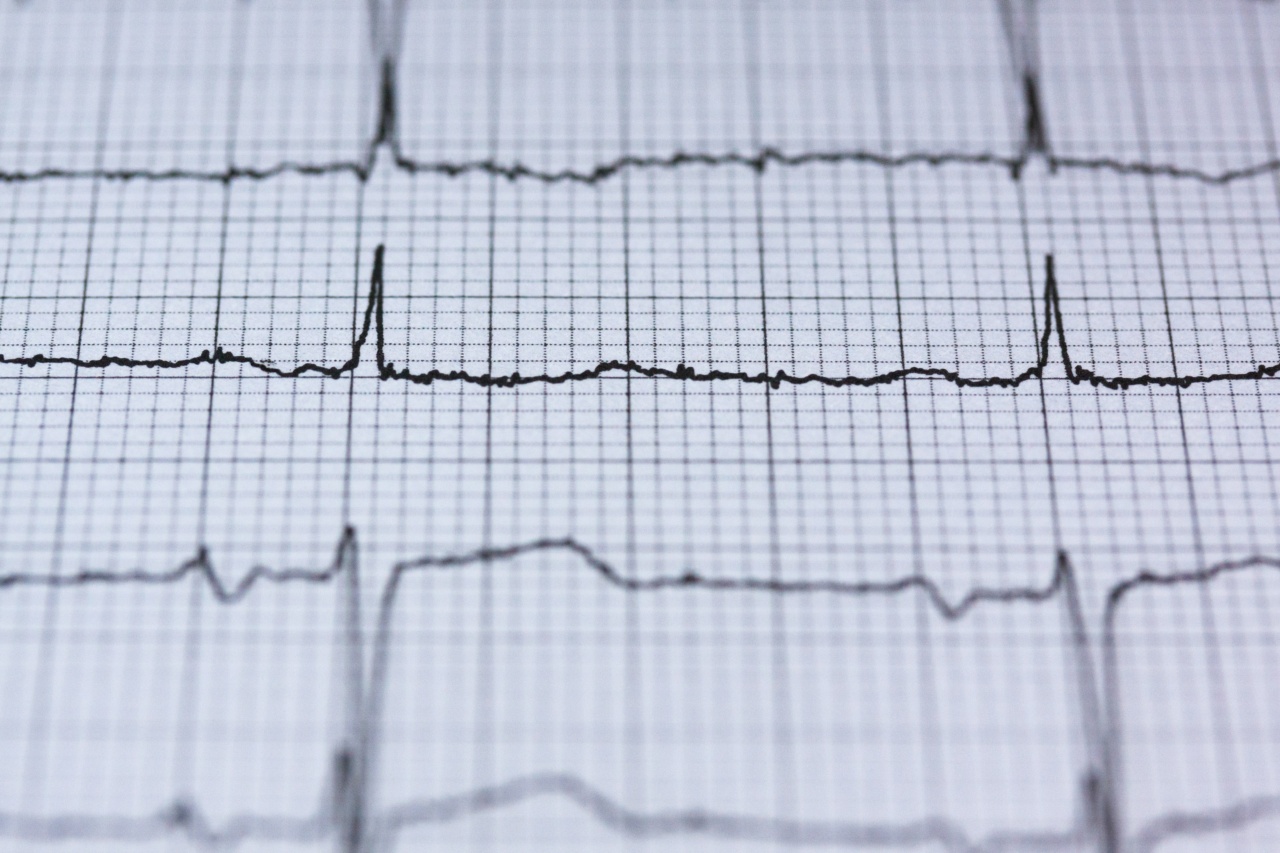When it comes to monitoring your cardiovascular health, one of the most important factors to consider is your heart rate.
Your heart rate is a measurement of how many times your heart beats per minute, and it can provide valuable insights into your overall health and well-being.
What Is a Heart Pulse?
A heart pulse, also known as a heartbeat, is the rhythmic contraction and relaxation of the heart muscle.
Each heartbeat is initiated by an electrical impulse from a natural pacemaker called the sinus node, which is located in the heart’s upper right atrium. This impulse causes the heart’s chambers to contract, which pumps blood throughout the body.
Why Is a Resting Heart Rate Important?
Your resting heart rate is the number of times your heart beats per minute when you’re relaxed and not engaged in any physical activity.
This measurement is important because it can indicate how efficiently your heart is working and give you an idea of your overall cardiovascular fitness.
A healthy resting heart rate can range from 60 to 100 beats per minute, but a lower resting heart rate is generally considered a sign of good cardiovascular health.
Athletes and people who are physically fit may have resting heart rates below 60 beats per minute because their hearts are able to pump more blood with each beat.
What Can a High Resting Heart Rate Indicate?
If your resting heart rate is consistently above 100 beats per minute, it may indicate an underlying health condition, such as:.
- High blood pressure
- Anxiety or stress
- Anemia
- Hyperthyroidism
- Heart disease
If you notice that your resting heart rate is consistently high, it’s important to speak with your healthcare provider to determine the underlying cause and discuss treatment options.
What Can a Low Resting Heart Rate Indicate?
A resting heart rate that’s consistently below 60 beats per minute can also indicate an underlying health condition, such as:.
- Bradycardia
- Vagal nerve stimulation
- Fitness and athleticism
- Hypothyroidism
- Heart disease
If you notice that your resting heart rate is consistently low, it’s important to speak with your healthcare provider to determine the underlying cause and discuss treatment options.
How to Measure Your Resting Heart Rate
One of the easiest and most accurate ways to measure your resting heart rate is to use a heart rate monitor. These devices can be worn on the wrist or chest and use sensors to detect the electrical signals from your heart.
To measure your resting heart rate, simply put on the heart rate monitor and relax in a seated or lying-down position for at least 5 minutes. Once you’re calm and relaxed, check the heart rate reading on the device.
This will give you an accurate measurement of your resting heart rate.
Other Factors That Can Affect Heart Palpitations
While your resting heart rate can be a helpful indicator of your cardiovascular health, there are other factors that can affect heart palpitations and make them seem faster or slower than they actually are. These factors include:.
- Physical activity
- Stress and anxiety
- Medications
- Caffeine
- Alcohol
- Smoking
It’s important to keep these factors in mind when monitoring your heart rate and to speak with your healthcare provider if you notice any significant changes or abnormalities in your heart’s rhythm.
Conclusion
Your heart rate is a vital sign that can provide valuable insights into your cardiovascular health.
By monitoring your resting heart rate and paying attention to any changes in your heart’s rhythm, you can stay on top of your cardiovascular health and take the necessary steps to maintain your overall wellness.































